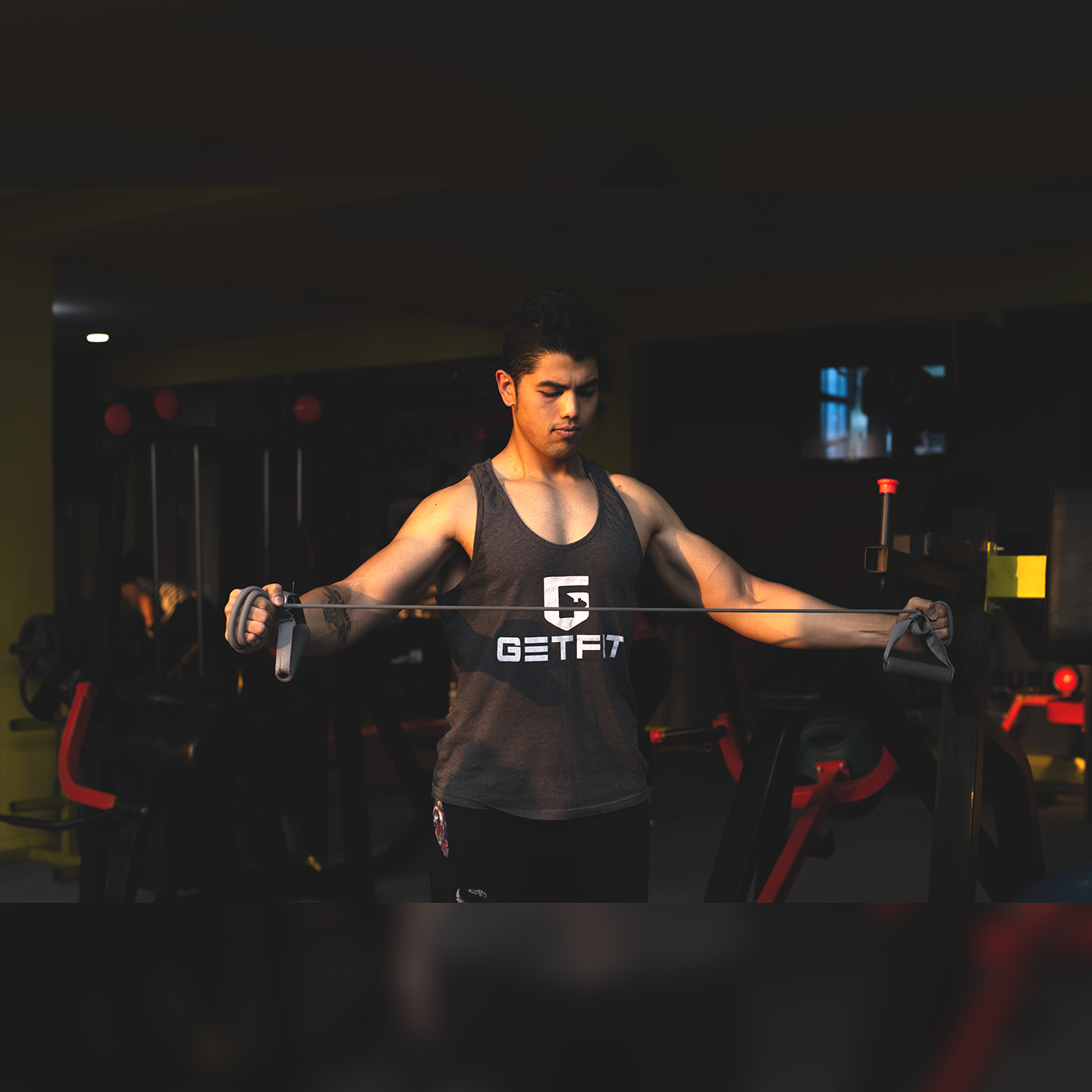Importance of Warm-Ups
The key components of a warm-up are increasing the body’s core temperature, increasing mobility, activating muscles, preventing injury, and building up technical skills.

When life is crazy and you're insanely busy (so like, all day every day), it's tempting to jump right into your workout to maximize the time you've got. But when you skip a warm-up and just go from 0 to 100, you're setting your body up to be less efficient and could potentially end up with an injury. By increasing the body's temperature, you loosen the tissues around your joints, increasing their range of motion. Better flexibility does two things: allows your body to move better through the motions of your workout, and helps to protect you from injury.
The truth is, you really only need 10 - 15 minutes to get in a good warm-up. You just have to stop looking at it as taking away time from your workout, but rather, recognize that it's helping you better maximize the limited time you've got.
A good warm-up should be specific to the range of motion you need for that particular workout. So if you are about to do an upper-body lifting session, you may want to spend more time on priming your shoulders and thoracic spine (upper back) and activating your core and glutes. In contrast, if you are about to go for a run or do some sprinting intervals, you may want to prime your hips and ankles and activate the glutes as well.
Although warm–ups probably won’t help much with burning calories or building muscle, they’re crucial to the success of a workout! Before you even think about running or using the machines at the gym, you ought to make sure you complete a warm-up and do a few stretches. But what makes warm-ups so important?
Help increase body temperature
A good warm-up will raise your body temperature, which is particularly helpful to your muscles. As your muscle temperature increases, oxygen becomes more available to your muscles allowing them to contract and relax more easily – so you’ll be able to perform more strenuous tasks with ease.
Reduce your risk of injury
The last thing you need when you’ve been faithfully attending the gym and reaching your goals is to become injured. Warming up will improve muscle elasticity and allow for efficient cooling, meaning less chance of accidentally hurting yourself or overheating during your workout and ruining your day!

Help you to mentally prepare
Jumping straight into a workout without being adequately prepared can throw you off completely, especially if the preparation is mental rather than physical. It’s easy to give up when working out gets difficult, but you’ll be much less likely to do so if you’ve given yourself time to remember why you’re working out. Use your time warming up to think about what you’re about to do, guaranteeing that both your body and mind will be ready to succeed.
Increase your flexibility
We all need a certain amount of flexibility to perform everyday tasks. So it goes without saying that we should do exercises that maintain or enhance our natural flexibility within a reasonable range of motion. That means not straining to push the muscle beyond a level of flexibility with which you are naturally endowed. Stretching is often considered something that should be done in addition to regular warm-ups. Stretching will increase blood flow to your muscles, and allow your body to increase its flexibility in both the short and long-term – always a plus when it comes to properly performing a workout. Stretch after you’ve already completed your warm up, as stretching when your muscles aren’t properly warm can lead to injury.
Tips
Here is a summary of how to perform stretching and warm-ups.
Warm-ups (10 mins)
• Perform a warm-up for at least 10 minutes before you start your proper exercise session.
• Choose a warm-up activity similar to your main activity, but at a lower intensity. Several light repetitions of the exercise you are about to perform are good practice.
• 5 to 10 minutes of light cardio on a treadmill or cycle will get the blood flowing ready for a weights session.
Stretching (5 mins)
Dynamic stretching will help ready your muscles, joints, and central nervous system for the demands of your upcoming workout. Do 3 sets of 10 reps each for these exercises.
• Leg Workout – bodyweight squats, lunges, leg swings.
• Upper Body Workout – shoulder dislocates with band or PVC, band tear aparts, and pushups


